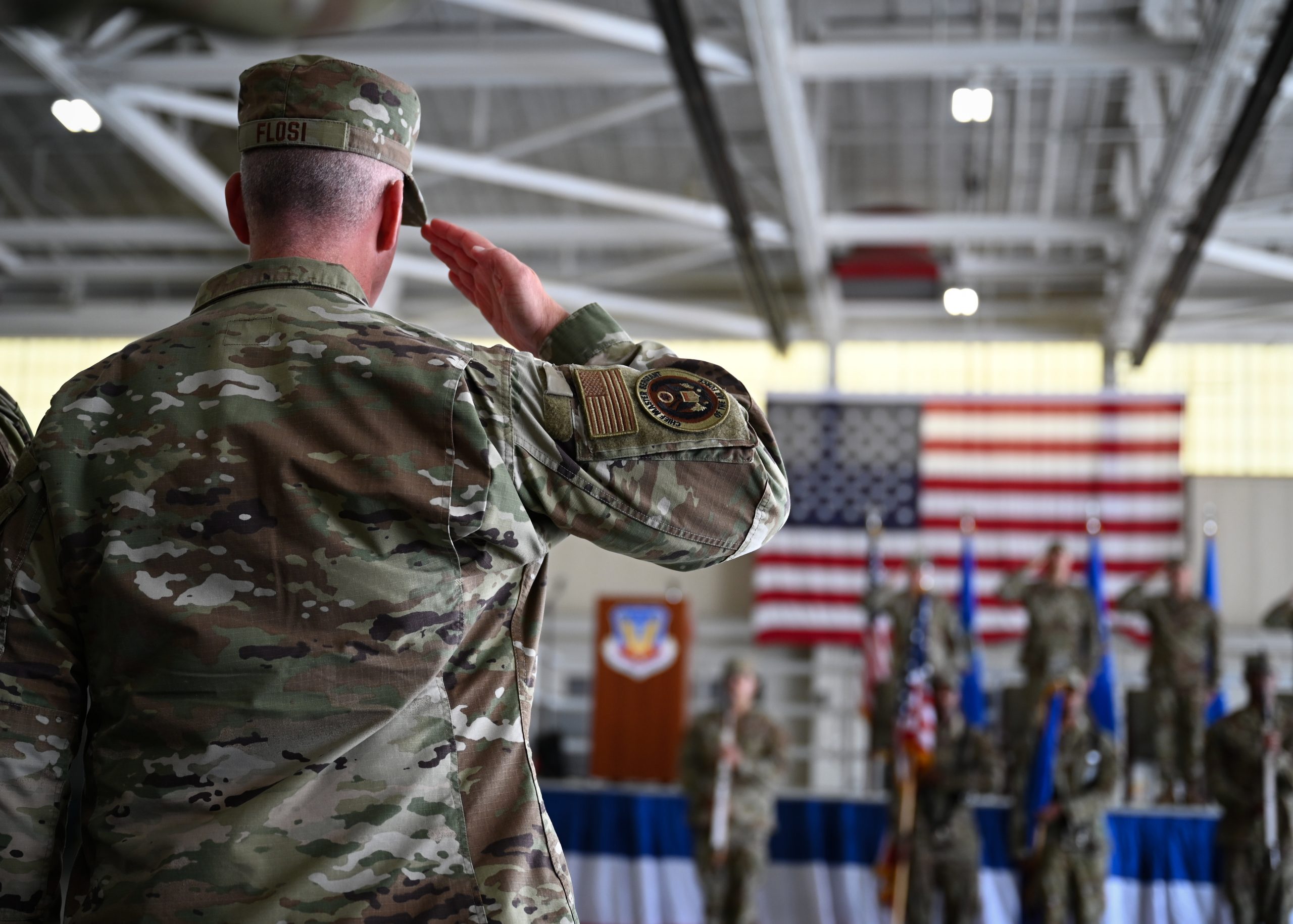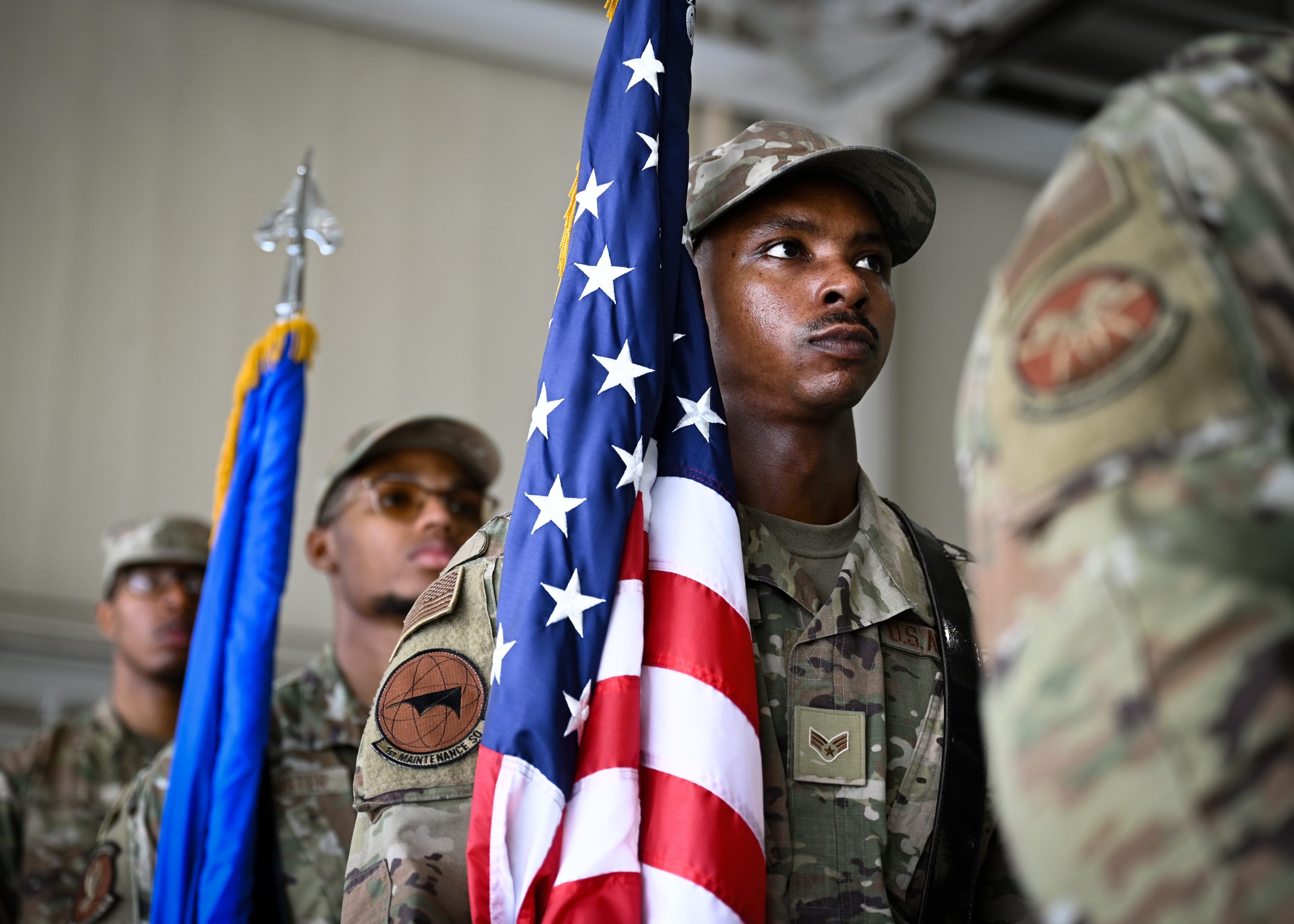In an era characterized by evolving security challenges, the United States Air Force (USAF) is taking significant strides to enhance its operational capabilities. The recent activation of three Air Task Force (ATF) units under the Air Combat Command (ACC) marks a pivotal development in the military’s strategic framework. This initiative reflects a broader shift towards a more cohesive and agile force designed to address the complexities of modern warfare, particularly in the context of the Great Power Competition (GPC).
Great Power Competition and Evolving Threats
The concept of Great Power Competition has reshaped the strategic priorities of the United States military. As adversarial nations enhance their military capabilities and assert their influence globally, the USAF recognizes the need for a more responsive and adaptable force. This shift necessitates a departure from traditional operational models, moving towards a framework that emphasizes agility, cohesion, and pre-deployment training.
The ACC’s recent announcement about the formation of ATFs underscores this commitment to modernization. With the ATFs set to serve as pathfinders for the Air Force’s Combat Wing concept, their activation signifies a transformative approach to training and deployment, aimed at ensuring operational superiority in contested environments.

The Assumption of Command Ceremony
On September 23, 2024, an Assumption of Command ceremony was held at Joint Base Langley-Eustis, presided over by Lt. Gen. Michael Koscheski, the deputy commander of ACC. This ceremony formally marked the establishment of the three new Air Task Forces, each commanded by seasoned leaders chosen for their expertise and operational acumen.
The commanders of the newly activated ATFs are as follows:
- 13th ATF, Joint Base San Antonio, Texas: Commanded by Col. Benjamin Donberg
- 22nd ATF, Fairchild Air Force Base, Washington: Commanded by Col. William Watkins
- 23rd ATF, Seymour Johnson AFB, North Carolina: Commanded by Col. Bradley Baker
Each of these units is strategically positioned to leverage existing personnel and infrastructure, ensuring a seamless integration into the Air Force’s operational framework.
Objectives of the Air Task Force Activation
One of the primary objectives of activating the ATFs is to facilitate improved training and readiness among Airmen. With approximately 400 personnel in each ATF, the units are designed to foster team cohesion through dedicated training exercises at their respective bases. This approach contrasts with the historical crowd-sourced model, where Airmen were often assembled from various backgrounds and units only upon deployment.
The focus on pre-deployment training aims to maximize unit familiarity and operational capability, ensuring that Airmen can execute missions effectively from the outset. This enhanced readiness is crucial in a security environment where rapid response times and adaptability are paramount.
Lt. Gen. Koscheski highlighted the activation of ATFs as a “GPC-era defining event.” The initiative aims to create a sustainable force presentation model for the Air Force, which is essential for maintaining a competitive edge over potential adversaries. By establishing cohesive units of action, the Air Force can enhance its responsiveness to emerging threats and operational demands.
The ATFs are envisioned as integral components of the Combat Wing structure, serving as a bridge between current operational capabilities and future requirements. This model prioritizes the development of flexible and effective units capable of operating in contested environments, a necessity given the increasing complexity of modern warfare.

Addressing the Challenges of Modern Warfare
The challenges posed by contemporary conflicts require a nuanced understanding of adversarial tactics and strategies. The ATFs will play a critical role in preparing Airmen to operate effectively in environments characterized by uncertainty and hybrid warfare. This includes adapting to potential threats from state and non-state actors, who employ sophisticated techniques to disrupt conventional military operations.
The transition to a Combat Wing concept also reflects an acknowledgment of the need for joint operations and collaboration with allied forces. As the security landscape evolves, interoperability with partner nations becomes increasingly important in addressing shared challenges.
Implications for National Security
Strengthening Deterrence
The activation of the ATFs is a proactive measure aimed at strengthening deterrence in the face of evolving threats. By enhancing the Air Force’s operational capabilities and readiness, the USAF aims to send a clear message to potential adversaries regarding its commitment to national defense.
The establishment of cohesive and agile units signals to both allies and adversaries that the United States is prepared to respond effectively to any challenges that may arise. This commitment to deterrence is essential for maintaining stability in an increasingly multipolar world, where the balance of power is in constant flux.
Enhancing Global Partnerships
In addition to bolstering domestic capabilities, the ATFs will contribute to the Air Force’s efforts to strengthen global partnerships. The collaborative nature of modern warfare necessitates robust alliances with allied nations, enabling coordinated responses to shared security concerns.
The ATFs’ focus on joint training and interoperability with partner forces aligns with the USAF’s broader strategic objectives. By enhancing collaboration and mutual understanding, the Air Force can foster stronger relationships with allies and enhance collective security in the Asia-Pacific region and beyond.
Impact on Regional Security Dynamics
The activation of the ATFs will have significant implications for regional security dynamics. As the USAF enhances its operational capabilities, neighboring countries may respond by reevaluating their military strategies and alliances. This could lead to increased military activity in the region, as nations seek to bolster their defense postures in response to perceived threats.
Furthermore, the activation of ATFs may influence the strategic calculations of adversarial nations. The establishment of agile and capable Air Force units could compel potential adversaries to reconsider their approaches, particularly in areas where they may have previously operated with relative impunity.
The activation of the three Air Task Force units under the Air Combat Command represents a significant step forward in the United States Air Force’s ongoing modernization efforts. As the nation navigates the complexities of the Great Power Competition, the establishment of cohesive and agile units is essential for maintaining operational readiness and effectiveness.
By prioritizing enhanced training, unit familiarity, and collaboration with allied forces, the ATFs are poised to play a crucial role in addressing the challenges of modern warfare. The implications of this activation extend beyond national security, influencing regional dynamics and global partnerships in an increasingly interconnected world.
As the Air Force continues on its journey toward modernization, the successful integration of the ATFs will be critical in ensuring that the United States remains well-prepared to meet the evolving security challenges of the future.



